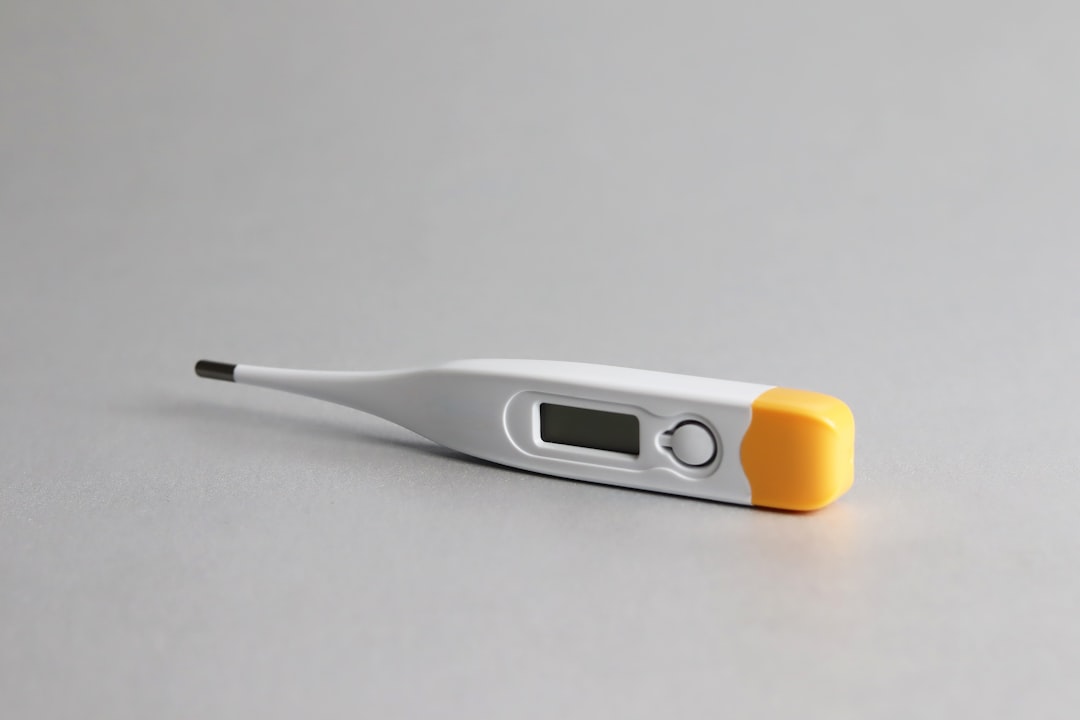What is it about?
Understanding how the brain generates conscious and unconscious experience is a major goal of fundamental and translational neuroscience. We demonstrate, for the first time, that the brain uses distinct frequencies for remembering contents that we consciously see versus not. Using a noninvasive neuromodulatory technique called high-definition alternating current stimulation, we improved short-term memory for conscious and nonconscious contents by increasing respective frequencies. The short-term memory improvements were long-lasting.
Featured Image

Photo by DeepMind on Unsplash
Why is it important?
The findings have both fundamental and clinical significance. Fundamentally, they add a mechanistic foundation to existing theories of consciousness and call for revisions to these theories. Clinically, they contribute to the development of nonpharmacological therapeutics for improving visual cortical processing.
Read the Original
This page is a summary of: Dissociable rhythmic mechanisms enhance memory for conscious and nonconscious perceptual contents, Proceedings of the National Academy of Sciences, October 2022, Proceedings of the National Academy of Sciences,
DOI: 10.1073/pnas.2211147119.
You can read the full text:
Contributors
The following have contributed to this page










